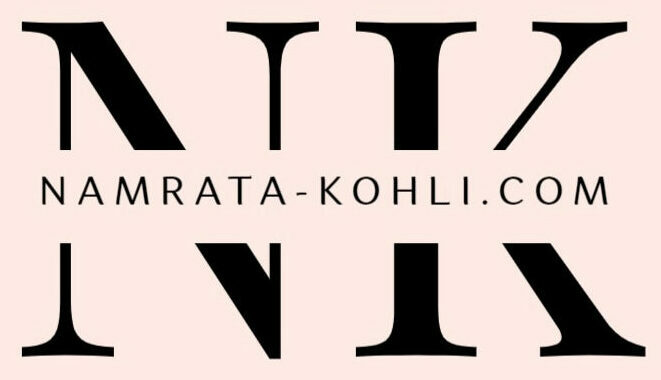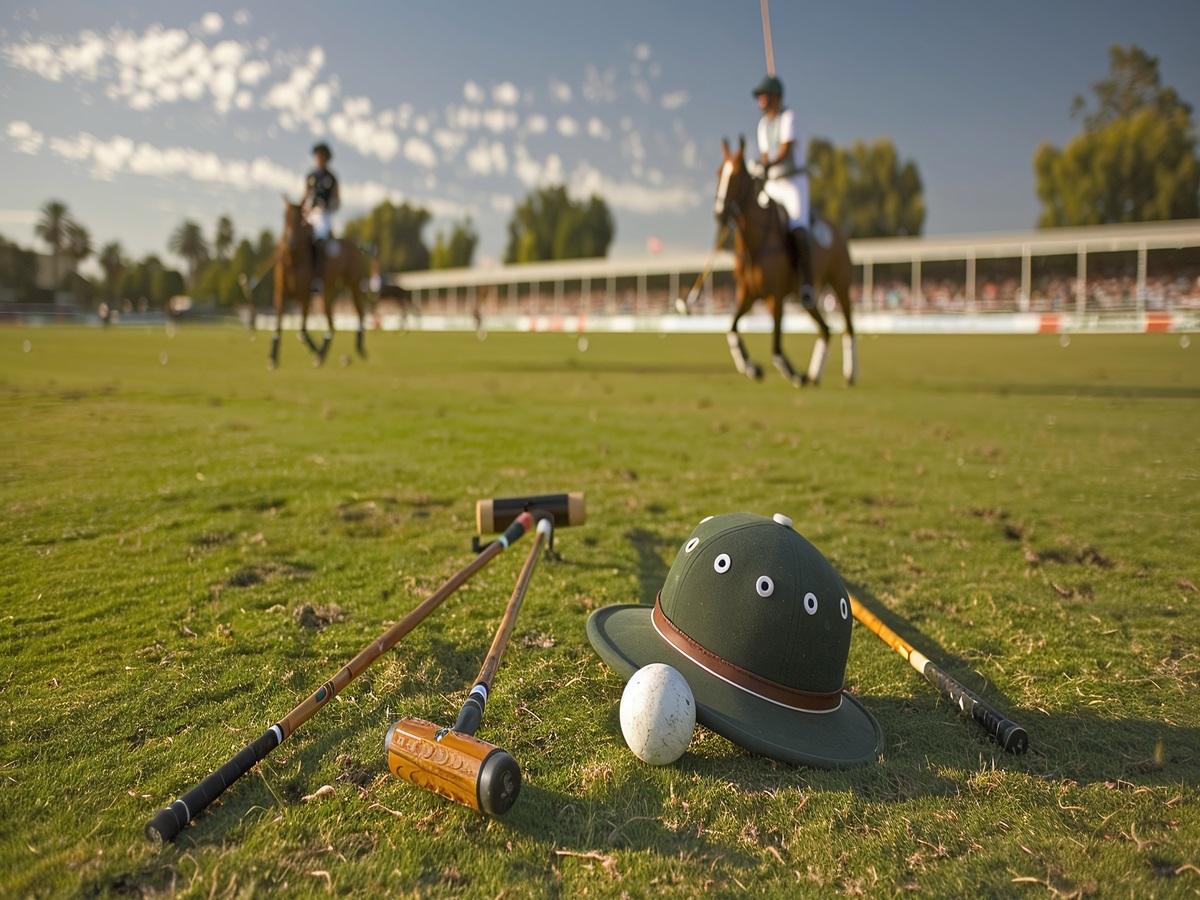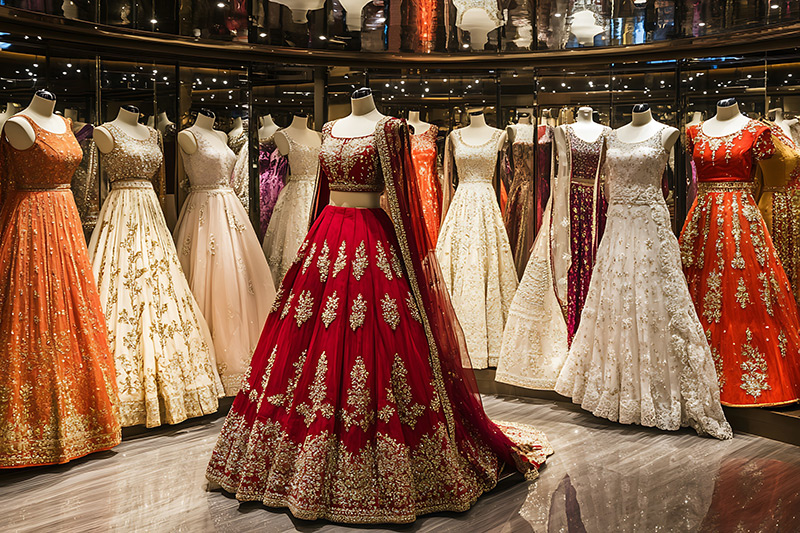Increasingly, parents are enrolling their children into the sport – seeing riding as a confidence-building, globally recognized sport that grooms discipline and leadership
Namrata Kohli | New Delhi
Once a royal pastime and military training ritual, polo has over the decades made a place for itself in India’s luxury landscape — not as an ornamental reminder of a bygone era, but as a modern status sport. From Jaipur’s manicured grounds to Gurgaon’s private stables, a new generation of affluent Indians is rediscovering the thrill of equine-powered elegance.
In a world saturated with screens, selfies, and digital overstimulation, polo offers something increasingly rare — exclusivity and immersion in the real world. The affluent Indian consumer today seeks curated experiences, not just luxury labels. Polo delivers experiential luxury at its purest, combining athletic challenge, culture, visual grandeur, and an exclusive social milieu. Equestrian clubs across Delhi-NCR, Pune and Bengaluru report rising interest in the experiential. In such a landscape, polo sits at the intersection of sport and storytelling — unhurried luxury set to the rhythm of thundering hooves.
That resurgence was evident recently in New Delhi, where the KogniVera International Polo Cup 2025 saw Team India prevail over Argentina 10–9 in a closely-fought finish at the Jaipur Polo Ground. Crisp winter light, disciplined ponies and a distinguished audience lent the occasion a blend of heritage elegance and contemporary sporting aspiration. “Polo represents grace, grit, and global friendship,” said Kamlesh Sharma, CEO & MD of KogniVera IT Solutions, the title sponsor. Indian team captain Simran Singh Shergill described the win as “an incredible moment” and “a proud day for Indian polo,” acknowledging both the team’s effort and the support from the stands. On the company’s decision to back a heritage sport, Sharma noted, “Polo is part of our cultural fabric. Supporting it is both a privilege and a responsibility. If institutions such as ours do not step forward to preserve and promote it, who will?”
Passion, with a hint of royal patronage
At the forefront of polo’s resurgence stands (former Maharaja) Sawai Padmanabh Singh of Jaipur, who has become the sport’s most influential modern ambassador. He believes Indian polo is experiencing a meaningful revival, supported by global brands such as USPA and increasing participation by women.
“The last few years have been good for Indian polo,” he says. “Historically, India dominated the sport in the 1930s to the 1950s. Polo is in fact India’s gift to the world.”
For him, polo is not just lineage — it is love. The discipline, early-morning practice, riding fitness, ball-stick coordination, stamina and agility together shape a polo athlete.
“A lot of credit should go to the horse,” he says with conviction. “Success is a partnership. That is why we train hard and play all through the year.”
For him, the sport is also about fulfilment and friendship- it has taken him across the world and into lifelong relationships. His advice to his fellow Indians? “Come and witness it — it is a beautiful sport.”
Infrastructure, policy push and accessibility
The Indian Polo Association (IPA) is working to broaden the sport’s base. Lt Gen. Rajinder Dewan, vice president of the IPA, says state-level and district-level associations are being established under the National Sports Code 2011 to promote grassroots participation. The IPA has also requested that the Government of India waive import duties on ponies to lower entry barriers.
Col. VS Kahlon, honorary secretary, IPA, points out that, like golf, polo costs vary widely depending on level: a pony for beginners may cost around Rs 1 lakh, while trained polo ponies range between Rs 10–20 lakh, and high-performance imports from Argentina, New Zealand or England command a premium at Rs 25 lakh and higher.
“Modern polo has become highly competitive by virtue of horsepower — and that requires significant investment,” he notes. Corporate sponsorships and industrial patrons continue to be crucial, but Col. Kahlon emphasises that the sport remains more inclusive than its reputation suggests.
“It is not only a game for kings. From the armed forces to civilians from Ladakh to Manipur, players from all segments participate. Our federation, founded in 1894, carries a legacy — and an obligation to grow the game,” he says.
While royalty and military families shaped polo’s past, the sport’s present players include founders, young business families, diplomats, expat riders and luxury consumers seeking distinctive fitness. Increasingly, parents are enrolling children as well — seeing riding as a confidence-building, globally-recognised sport that grooms demeanour, discipline and leadership. Women are entering in significant numbers, particularly in Delhi and Rajasthan, positioning polo as a platform for female athletic ambition and social confidence.
The price of prestige
The economics of polo are unmistakable. Riding lessons typically start at Rs 5,000 to Rs 15,000 per session. Monthly riding packages range from Rs 40,000 to above Rs 1 lakh. Leasing a pony may cost Rs 80,000 to Rs 3 lakh monthly, while owning one can range from Rs 8 lakh to Rs 50 lakh and beyond, depending on training and pedigree. Riding boots, saddlery and protective gear can together run into several lakhs, and seasonal stabling and tournament costs can touch Rs 2 lakh to Rs 15 lakh. Polo functions much like golf memberships, premium wellness clubs, or private jet consortiums — a lifestyle marker signalling cultivated taste and access, rather than ostentation.
For beginners, polo training starts not with a mallet but with the saddle. Senior instructors at the Army Polo & Riding Club (APRC) point out that the first few months are spent learning to ride — mastering balance, posture, rein control and the confidence to walk, trot and canter independently. Only after a firm seating is developed do players practise polo swings and ball-striking on foot to build hand-eye coordination. After that comes the crucial bit: combining riding with stick-and-ball drills at a walk, then trot and eventually canter.
Core fitness, flexibility and stamina work — through yoga, pilates, cycling or swimming — are essential because polo demands stability, agility and endurance rather than bulk. Only when a rider is fully in control do they graduate to slow chukkers and structured practice matches to learn positioning, timing and the rules of play. Safety gear is non-negotiable, professional coaching is key, and patience pays — in polo, you master the horse first, and the game follows.
Where India rides
India’s polo map has expanded from the iconic Jaipur Polo Grounds in Delhi to royal estates in Jaipur and Jodhpur, structured programmes in Pune and Hyderabad, and wooded academies in Bengaluru, Faridabad, and Gurugram. Weekends now see linen jackets, handcrafted boots, champagne flutes and conversations that float from Argentine pony bloodlines to palace hospitality and global polo circuits. Polo weekends have become equal parts tournament, culture salon, and society page.
Polo brunches, heritage showcases, handcrafted saddlery, bespoke hat makers and palace partnerships have made match days experiential. It is not loud luxury, but slow, curated elegance — where taste is whispered, not displayed. As one Delhi rider describes it, “Golf teaches patience. Polo teaches courage.” In a nation increasingly hungry for both resilience and refinement, polo fits the mood of an India that wants legacy without heaviness, experience without exhibition, and heritage translated for a modern era.
| Category | Typical Spend (Rs) |
|---|---|
| Polo lessons (per session) | 5,000 – 15,000 |
| Monthly riding membership | 40,000 – 1.2 lakh |
| Horse lease (per month) | 80,000 – 3 lakh |
| Purchase of a trained polo pony | 8 lakh – 50 lakh+ |
| Polo mallet | 15,000 – 60,000 |
| Riding boots & gear | 50,000 – 2 lakh+ |
| Tournament fees & stabling | 2 lakh – 15 lakh/season |




